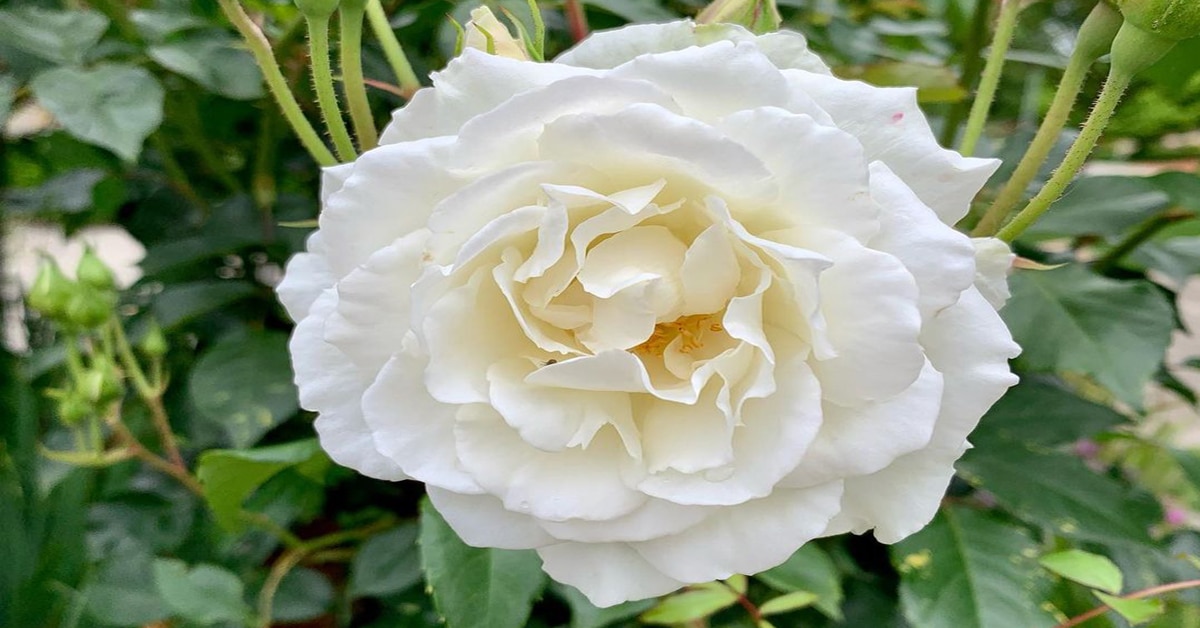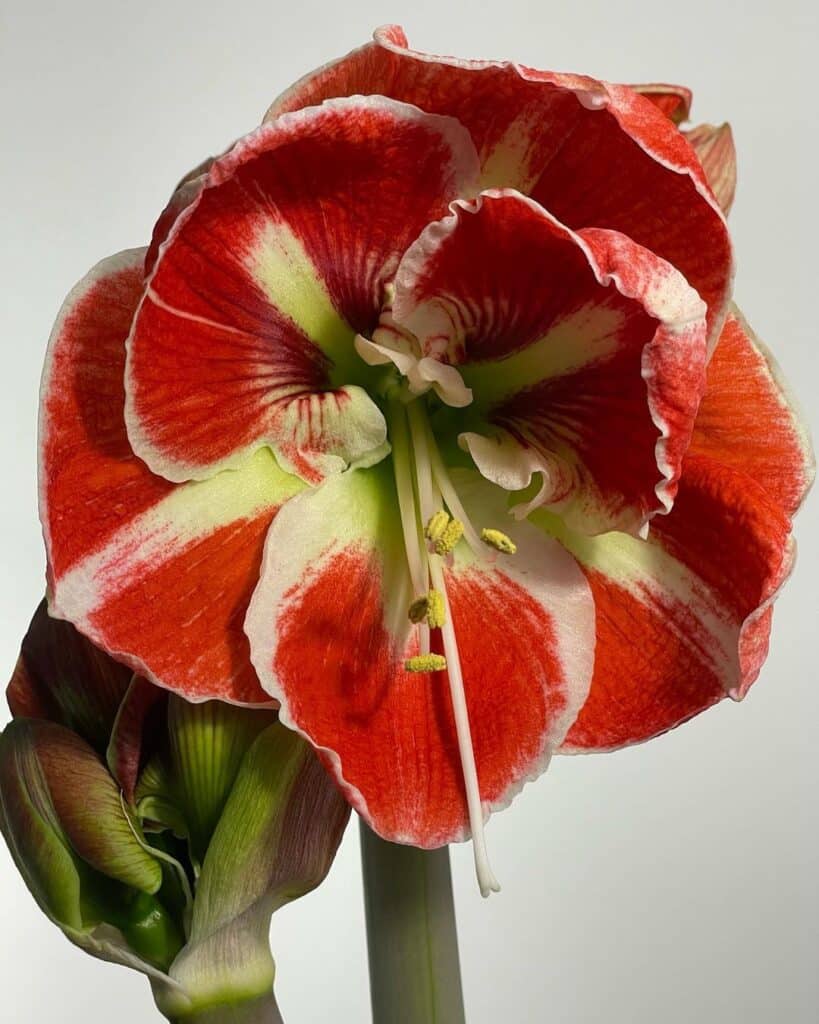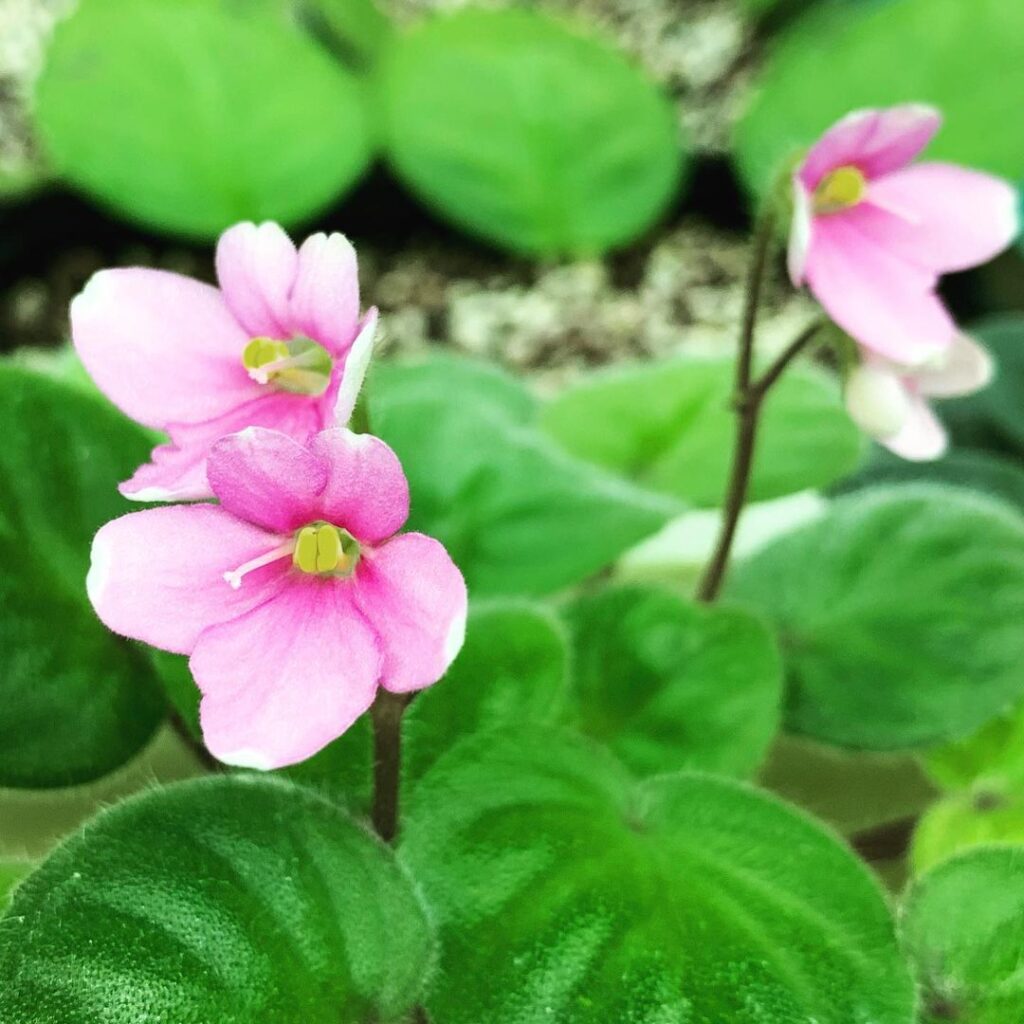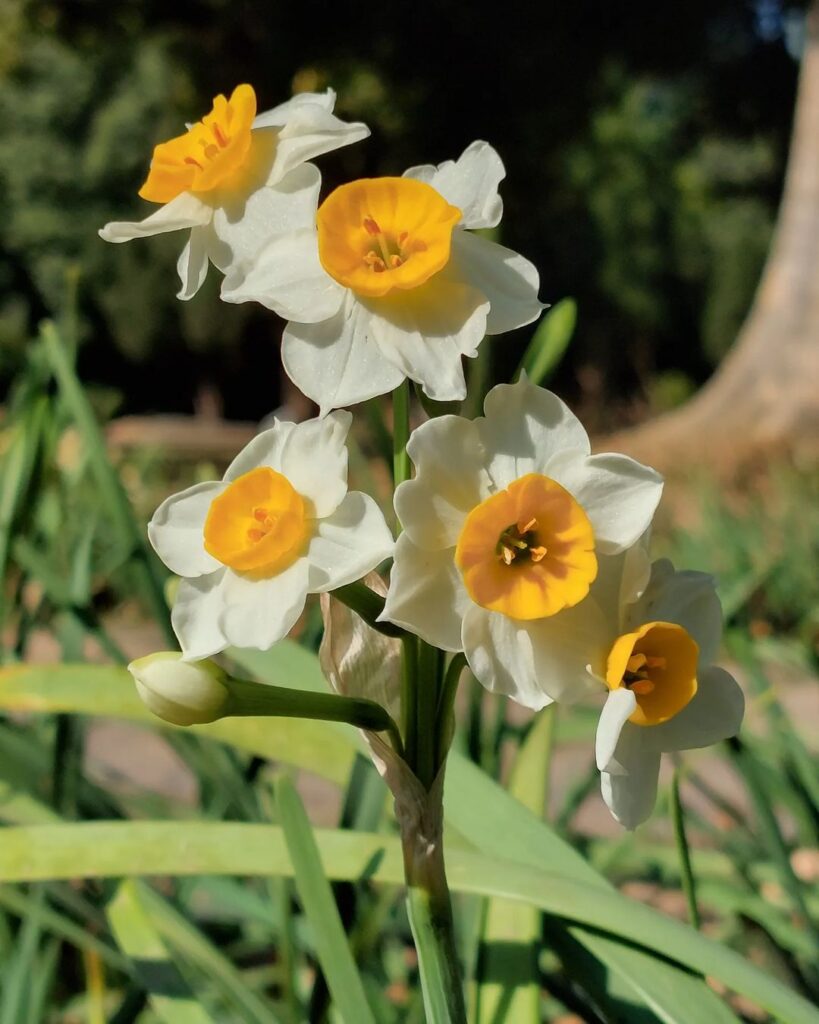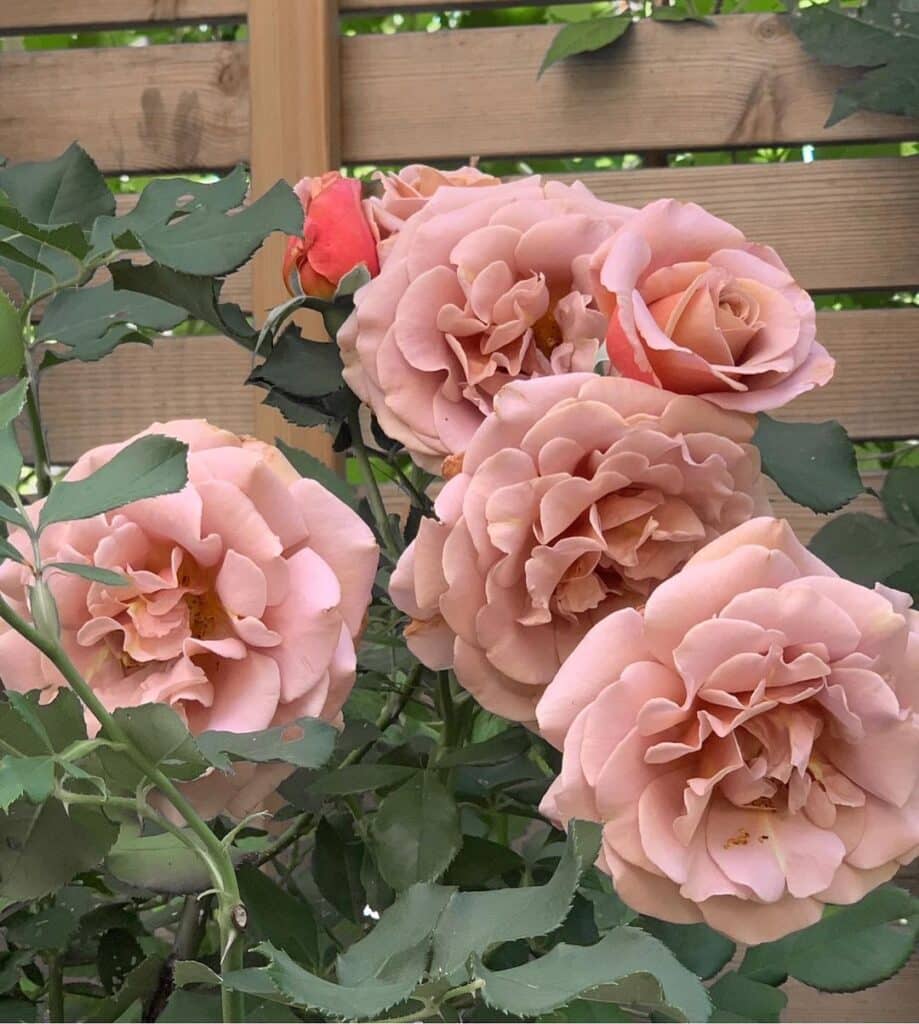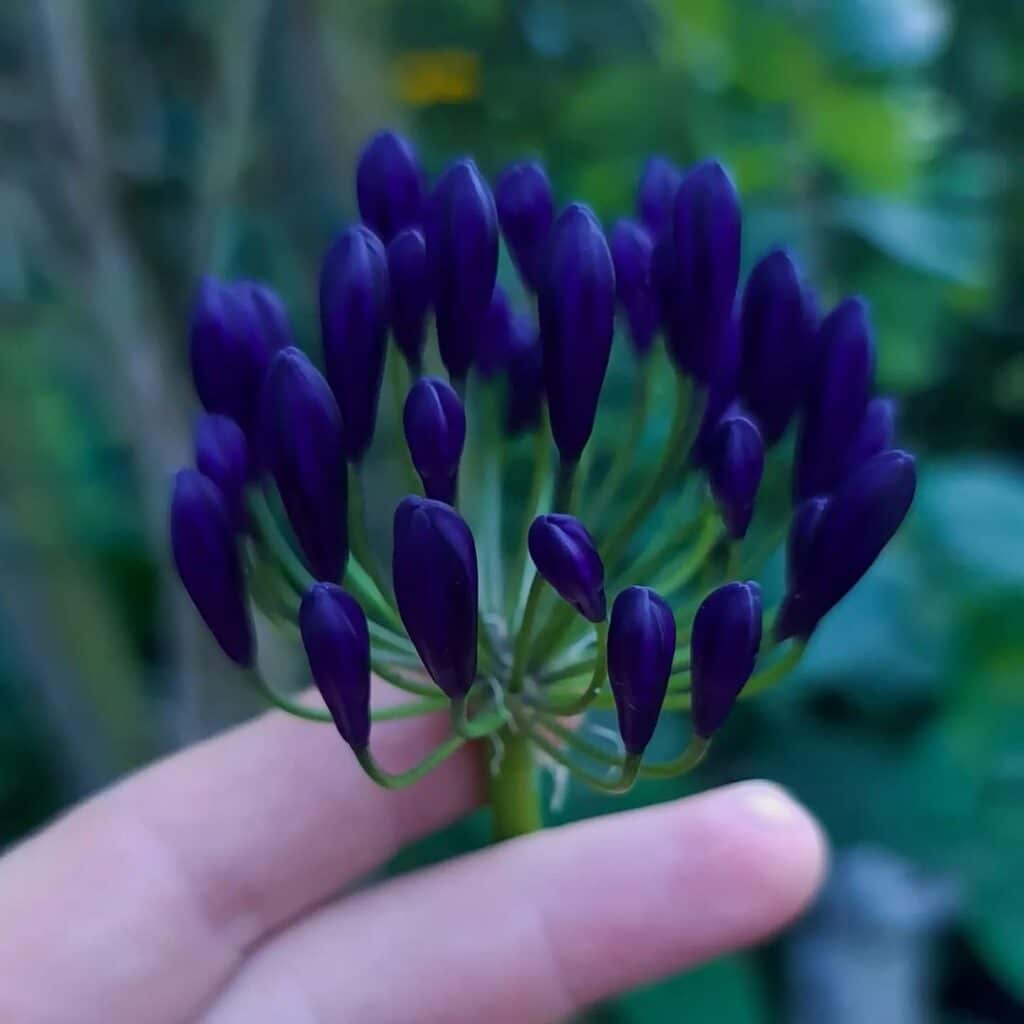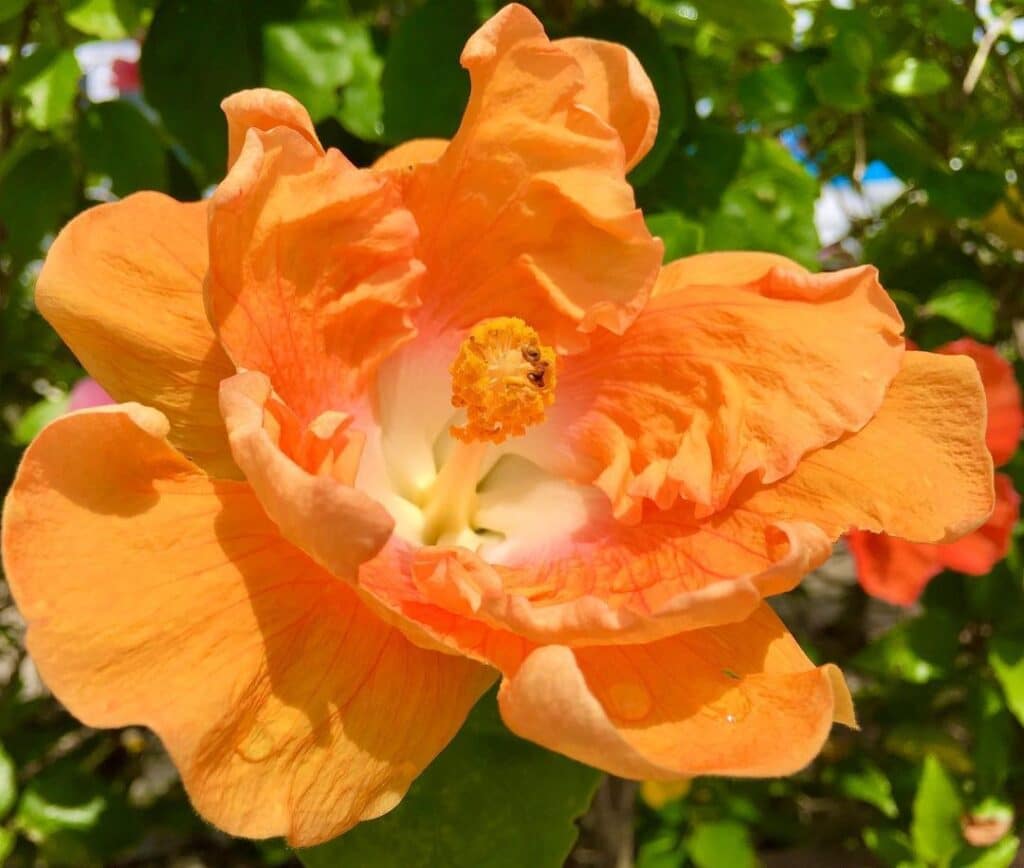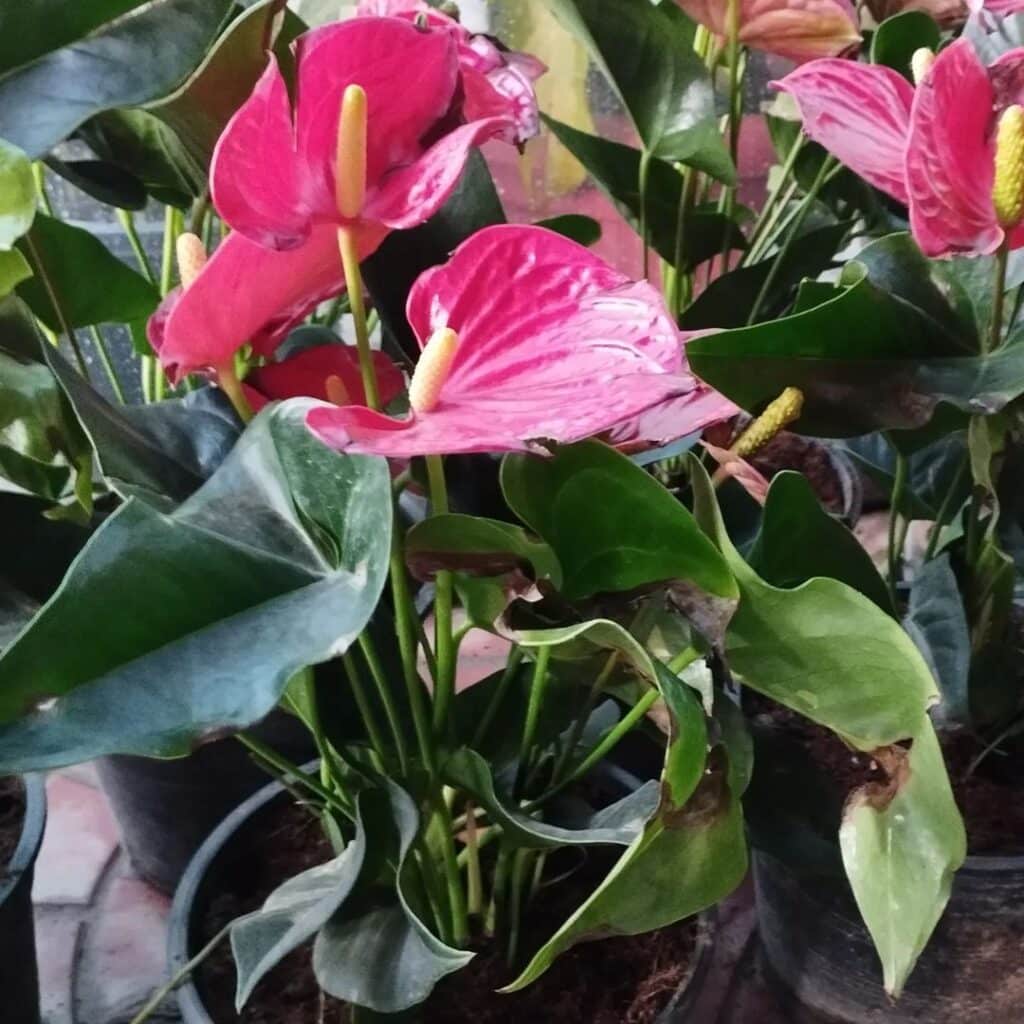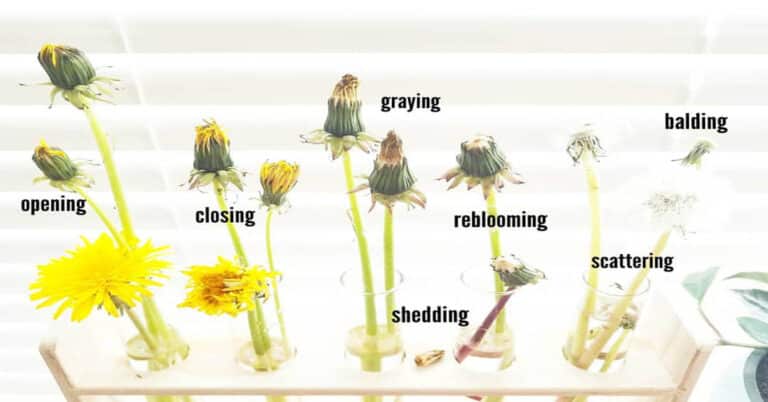Top Flowers for Every Month
SEASONS IN THE USA
- Winter: December to February
- Spring: March to May
- Summer: June to August
- Fall: September to November
January Flowers
January is normally a winter month ushering in the cold, snow, shorter days and sparing light, but you can find some resilient flowers like Amaryllis, Freesia, Carnations, and Gerber Daisies that endure the unkind winter temperatures and still grow well. Your local florist can supply you with beautiful blooms of these flowers.
- Among all the bulbs that flower, Amaryllis bloom most easily indoors or outdoors, for an extensive period.
- Freesias are significant as marketable cut flowers.
- Carnations have multiple uses as venerable cut flowers, and in bouquets and boutonnieres.
- Gerbera’s commercial importance stems from the fact that it is among the most frequently used cut flowers in the world, after carnation, tulip, rose and chrysanthemum.
- During winter and towards spring we see fuzzy golden cylinders and orbs of several varieties of acacia appear all of a sudden.
February
February harbingers the smooth transition from winter to spring, and even in the cold, you will find the first of the time-honored spring flowers like violets and forsythia making their virgin appearance. Most florists offer these flowers, even if they have imported some of them.
- Some consider African Violets as one of the most popular indoor flowering plants in the world.
- Habitually forsythia blooms first among the shrubs in the garden, at the commencement of spring or end of winter.
March
Come spring, you see beautiful Daffodils, Sweet pea and Tulips rearing their heads and beckoning to us. You may also come across Hyacinth at selected places.
- This beautiful flower Daffodils inspired William Wordsworth to write his famous poem.
- Hyacinth flowers provide incredibly fragrant blossoms and bloom, especially at the start of the season
- Sweet pea, an inhabitant of Sicily, has flowers in a great variety of colors.
- Tulips bloom from bulbs during the spring season and gardenia flowers emanate a unique, highly scented, sweet fragrance.
April
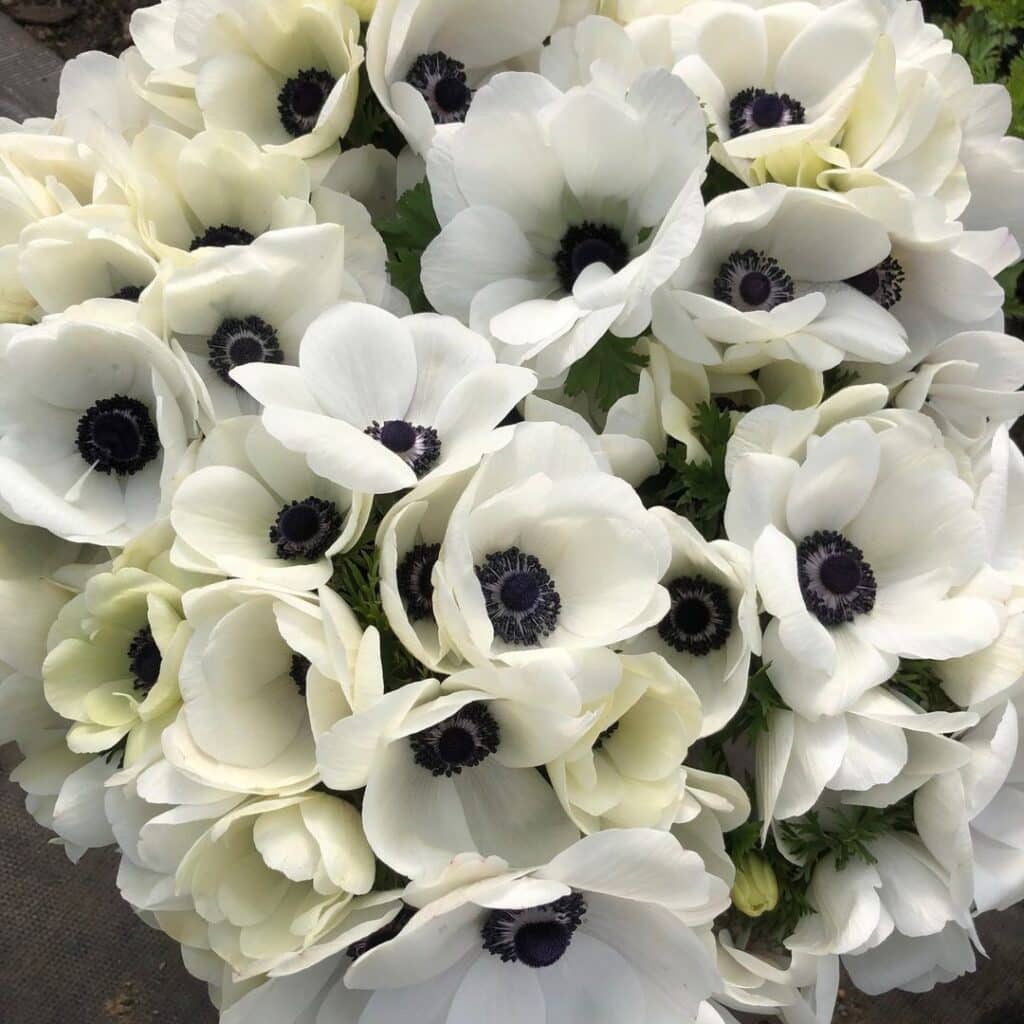
April brings with it lovely tidings of warm weather, and ushers in spring in the true sense and you will start seeing the beautiful Anemones, Allium, Marigolds, Hydrangea and Wax flower waxing eloquent. To compliment them you can see the beautiful Stargazer lilies, the Lily of the Flower and so many more flowers that are beautiful.
- In the spring, at the Beginning of April and the end of May, the earliest flowering plants are the Anemones.
- Allium, another member of the April plays a key role in the arena of cooking, world over.
- The Marigolds serve as excellent cut flowers in the dry arrangement or as fresh cut flower decorations.
- The Wax flowers symbolize riches, lasting wealth, success, enduring love and patience.
- Hydrangea flowers bloom in early spring up to late autumn.
- Lily always stood as a cultural symbol and people revered the lily through the ages for its fragrance, beauty, purity, and chastity.
- The Stargazer lily has symbolized purity, chastity and virtue.
May
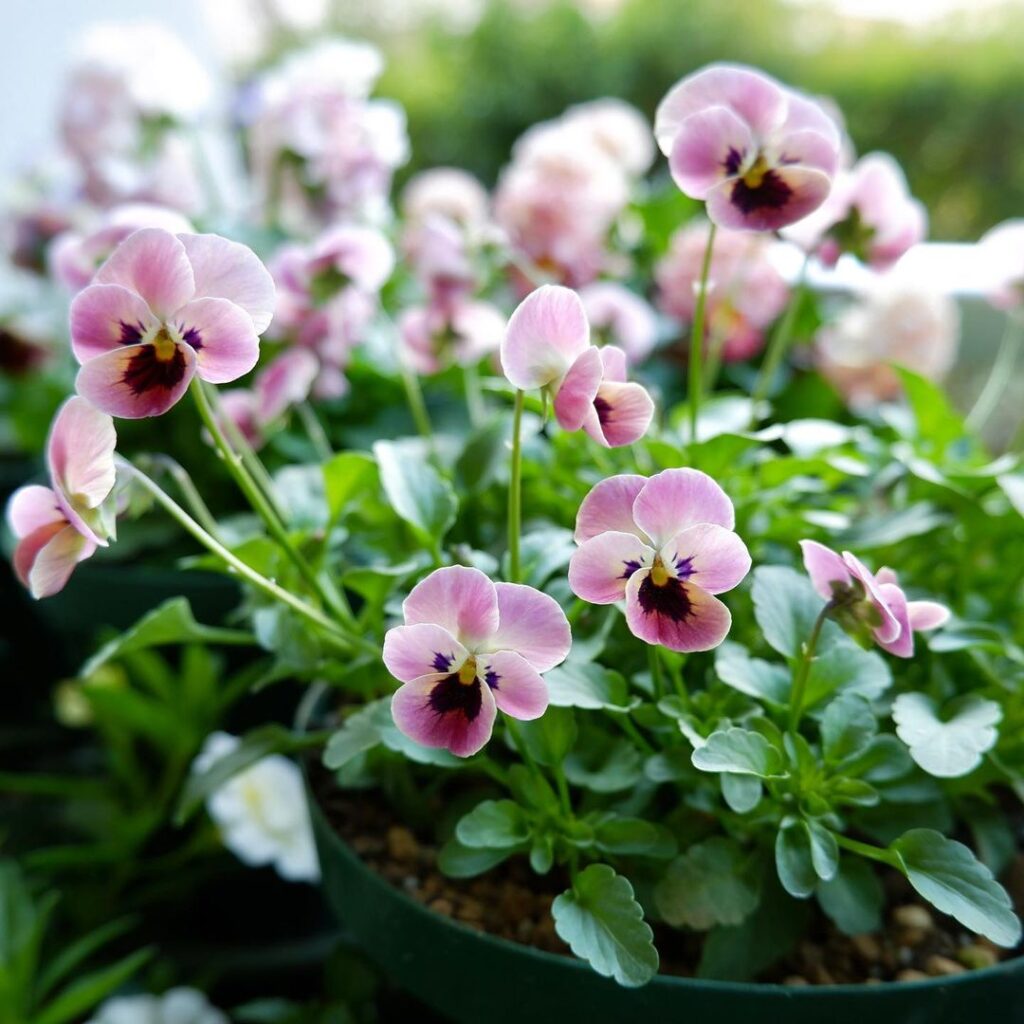
The month of May could represent the greatest season for flowers, when not only Pansies, Bouvardia, and Bells of Ireland bloom in this wonderfully warm month, but also you see the timely appearance of Casablanca lilies, Lilacs, Peonies, and Ranunculus, as summer approaches.
- Pansies are a collection of large-flowering crossbreed variety of plants, grown as garden flowers.
- Bouvardia is a variety of blossoming plants with its flowers in colors ranging in color from white, pink, yellow and red.
- The Bells-of-Ireland is a yearly flowering summer flower with a bell shape that earned the Irish pet name, Bells-of Ireland.
- The Casablanca Lily is a much-loved flower as many people consider it as a symbol of purity, and as such, they hold a special place in wedding receptions.
- Take into your home, your cut lilacs and get pleasure from their fragile perfume and multiple colors.
- Peonies are the glamour of the landscape of your garden and they are equally graceful as cut flowers.
- Florists make sales of Ranunculus in early spring and in winter for indoor decorations.
June
The month of June has its own special blooms including Roses, Baby’s Breath, Mini Callas Lilies, Celosia, Alstroemeria, Corn Flowers and Forget-me-nots.
- Roses serve both commercial needs as cut flowers and for domestic purposes.
- White Baby’s Breath, flowers finds use as wedding flowers since they symbolize purity, happiness, and sincerity.
- The sleek design and amazingly vivacious colors of the Mini Callas Lilies present them as important flowers in modern design.
- Celosia is an annual flower and many call them cockscomb for their beautiful plume of flowers.
- Alstroemeria cut flowers dazzle the eyes of the viewer.
- Asters serve multiple uses from beautiful garden borders to excellent floral arrangements, even rock gardens and wildflower gardens.
- Cornflowers are annual flowers that make excellent cut flowers.
- Forget-me-nots make for excellent cut flowers when you keep them in float bowls or arranged in a flower vase.
July
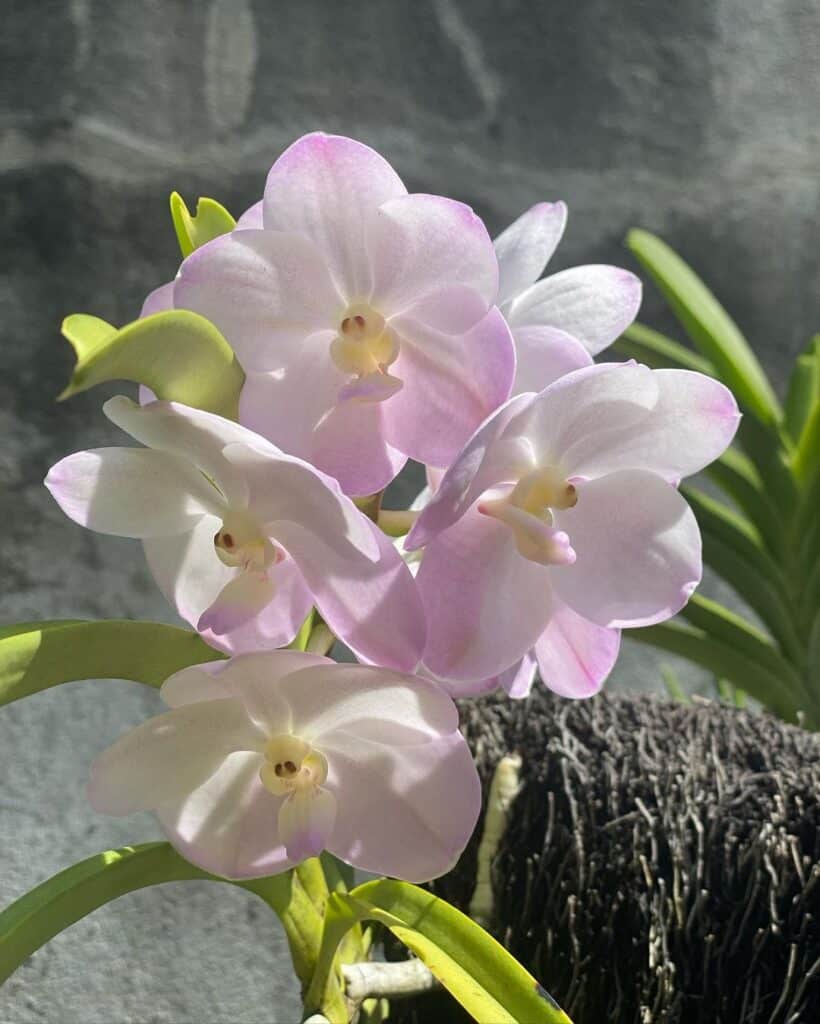
When you have summer in full swing, you still have flowers that love the warm temperatures and bloom in the heat. Orchids, Delphiniums, Iris, sunflower, yarrow and Salvia exhibit an extended blooming period.
- The orchid group of plants, comprising over 25,000 species, is the largest family of flowering plants worldwide and grading for orchids among the cut flowers, is like that of precious stones in the jewelry trade.
- The delphinium consists of around 300 types of perennial flowering plants and these dainty flowers make for ideal cut flowers.
- Every gardener loves a perennial Iris flower that does well as cut flowers and attract hummingbirds and butterflies.
- Sunflower Cut flowers have this fantastic effect of brightening our indoors, especially when the petals are about to open up from the centralized flower disc.
- The Yarrow flowers are perennials and make beautiful cut flowers while Salvia has colorful flowers that range from red to blue with rare yellow and whites.
August
Many flowers cannot withstand the fury of summer in the month of August, but some flowers brave the heat and bloom in this hot month. They are Agapanthus, Gladiolus, Zinnia, Clematis, Abelia Grandiflora and Chinese lantern Flowers.
- Agapanthus blossoms with its pseudo-umbel cluster of flowers in summer.
- The Gladiolus is a variety of flowering plants that flowers from bulbs.
- Zinnia is a genus of 20 varieties of perennial and annual plants and people consider them as “cut and come again” flowers.
- Clematis belongs to the group of 300 species among the family of buttercups; they are unique and not only do the bouquets made of them look pretty and glamorize your home, but are one among the everlasting cut flowers ever known commercially.
- Abelia Grandiflora is especially eye-catching with a specific fragrance and form excellent cut Flowers.
- The vivacious stems of the Chinese lantern do well as dried flower decorations.
September
With the approaching fall, temperatures start to cool and encourage the beautiful blooms of Hibisus, Amaranthus, Blue Lace Flower and Protea. Your florist can offer you these flowers as well.
- Hibiscus comprise of perennial as well as annual herbs that frequently display their decorative flowers.
- Amaranth is a perennial plant with a short life, and contributes greatly to decorations as they can sustain for a longer period as cut flowers.
- The Blue Lace Flower is a magnificent light blue-colored flower that closely resembles Queen Anne’s lace and taking the cut flowers indoors is like creating a garden in your home,
- The exotic flowers Protea belongs to the pre-historic group of flowers that existed on earth 300 million years ago
October
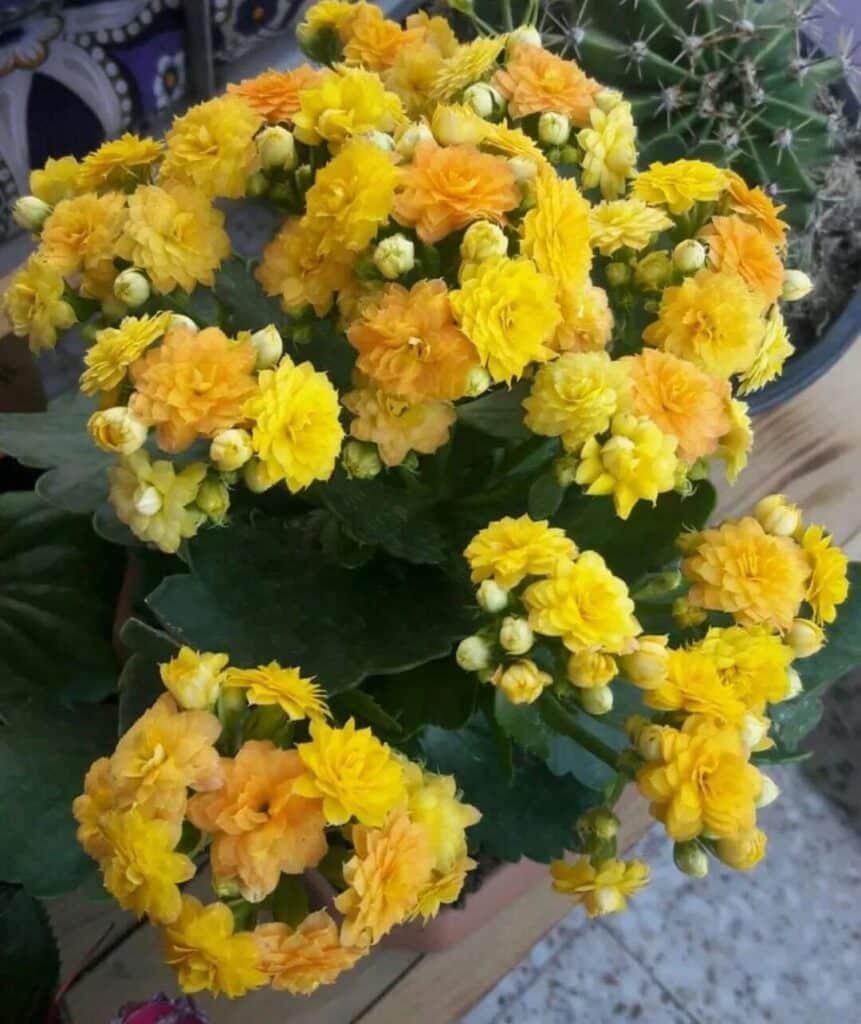
When October arrives, you are already in the middle of fall and flowers that embrace the cold make their appearance. These flowers include Kalanchoe, Statice, Solidago Penstemon, Lisianthus and Tuberose.
- Kalanchoe belongs to a variety comprising of 125 genuses that manifest as either shrubs or perennial herbs and make for an excellent collection of gift flowers.
- Statice or Sea Lavender usually grows as herbal perennial plants, and because the twin color of its inner and outer sepals significantly contrasts with each other, they are in great demand as cut flowers.
- Solidago, also called Goldenrod, make excellent dried flowers.
- Many consider Penstemons as plants made for pleasure as a part of the natural ecological system or as a decoration in your home landscape.
- Lisianthus are twin or individual flowers and you can see these two varieties of flowers in all the colors ever known.
- The perennial plant tuberose has a history of use in religious ceremonies including Hawaiian marriages.
November
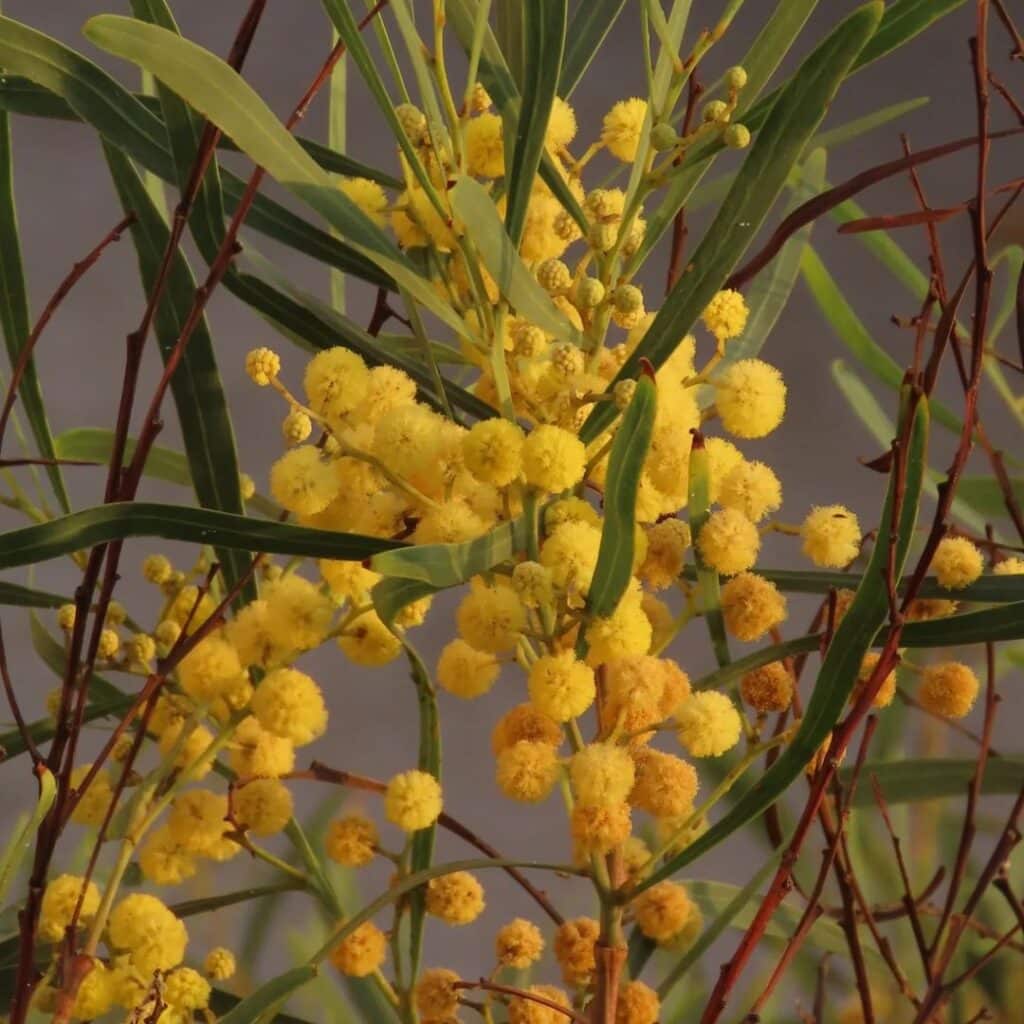
November means you are in late fall and temperatures are dropping fast, but you have a few flowers that find this the ideal condition for blooming. They are
- The whole world cultivates the Mimosa Flower for the cut flower industry, either in a spacious green house shelter or outdoors in a suitable climate for a second harvesting.
- Photinia is a hedge plant in large areas and has a great reputation for its bright bronze-red fresh growth and fresh flowers.
- Banksia is a well-known garden plant from Australia and many identify them by the characteristic traits of their flowers such as fruiting “cones”, flower spikes and flower heads.
- Helenium, a variety comprising around 40 types deciduous perennial herbs and annuals have long stems that terminate in lovely yellow and red flowers with a width of 1 ½ to 2 inches across.
- Chrysanthemums have tiny yellow colored flowers, and you can now find them in red, pink, purple, white, green and so many other colors. The shapes of the flowers are global, round, button shaped and even daisy-shaped.
December
You are now full circle back to winter and some resilient plants that love the cold, bloom in this cruel month. Some of them are Anthurium, Muscari, Hellebore, and Cyclamen.
- Anthurium is a variety of herbaceous plants often growing as a non-parasite on other plants, producing lovely bracts in a heart shape in hues of pink, red, green, whites and a blend of other pastel colors.
- Muscari is a variety of bulbous perennial plant that serves as a decorative garden plant with multi-purpose flowers that look good great in beds, under shrubs as borders.
- Cyclamen are exceptionally beautiful, admired flowering houseplants, and are famous for their deep green foliage speckled with silver patterns alluding to beautiful marble.
- Hellebore, also called the Christmas Rose, is different because it magically blooms out of season and their 2-inch diameter white flowers often turn pink on ageing.

Nato is a content writer and researcher with a background in psychology who’s eager to explore the wonders of nature. As a travel enthusiast and animal lover, she hopes to inspire others to discover and cherish the beauty and importance of the natural world.

